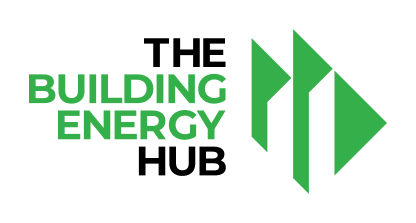Decarbonization Planning Guide
Understanding Building Decarbonization
What is a Strategic Decarbonization Plan?
Tie energy efficiency and emission reduction goals into a long-term actionable plan which aligns technical and financial considerations.
You should develop a decarbonization plan that integrates with regular operations and aligns with organizational goals. A well-structured plan ensures strategic impact and long-term success. Key elements include:
- Assessing the building’s current state as a foundation for planning.
- Ensuring long-term flexibility to adapt to evolving technologies and policies.
- Incorporating financial triggers to optimize cost-effective decarbonization.
- Allowing for ongoing evaluation and adjustments during implementation.
Incorporating decarbonization in your building’s or campus’s long-term planning will save you money and help you quickly make decisions during unexpected events. For example, if a gas furnace fails unexpectedly, you may already have a plan in place to quickly replace it with a heat pump solution, instead of replacing it with a new gas furnace that will still rely on fossil fuels for years to come.
We recommend a three-step approach to decarbonization planning, each of which is a section of this guide:
The decarbonization plan should be centered around typical components of decarbonization: increasing energy efficiency, enabling new technologies, decarbonizing through load reduction, electrification, and renewable energy. These three steps repeat periodically as you implement decarbonization technologies or processes. They’re the primary workflow of a decarbonization plan.
One resource for decarbonization planning is the Retrofit Playbook for Large Buildings. Their approach is known as
Resource Efficient Decarbonization (RED). According to the playbook, decarbonization planning through the RED strategy is an approach that “incorporates strategic capital planning, an integrated design process, and an incremental, network-oriented approach to deliver building heating, cooling and ventilation.” The playbook states that a decarbonization plan should enable carbon neutrality, limit installation of new combustion equipment, make efficient use of energy, and create a highly resilient and healthy building. But most of all, the plan should be flexible and realistic by aligning decarbonization with the “business as usual” long-term plan.
- The first step is to get to know where your building is today. Understand its energy and emissions uses, build your “business as usual case,” and audit your building to find the barriers and opportunities to decarbonization.
- The second step is to build your plan. Based on your building, develop your decarbonization and non-energy objectives, align a capital plan with important triggers to decarbonization, such as the availability of financial incentives. Then establish a timeline for implementation.
- Finally, implement your plan and evaluate your progress. Were the expected decarbonization outcomes achieved? Is the building healthier for occupants and more resilient? Can you share your story with others?

After completing Step 3, you may need to adjust your plan to account for unforeseen circumstances or build upon success by continuing once again to the first and starting the cycle anew.


